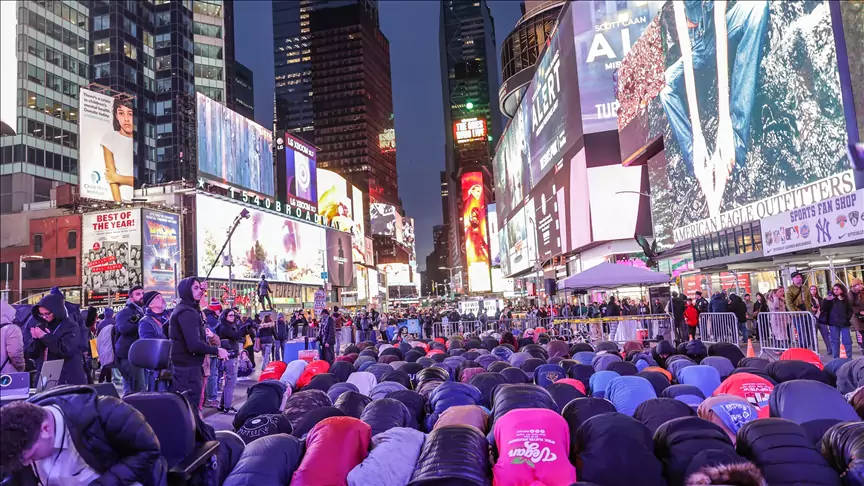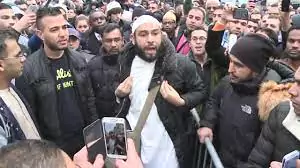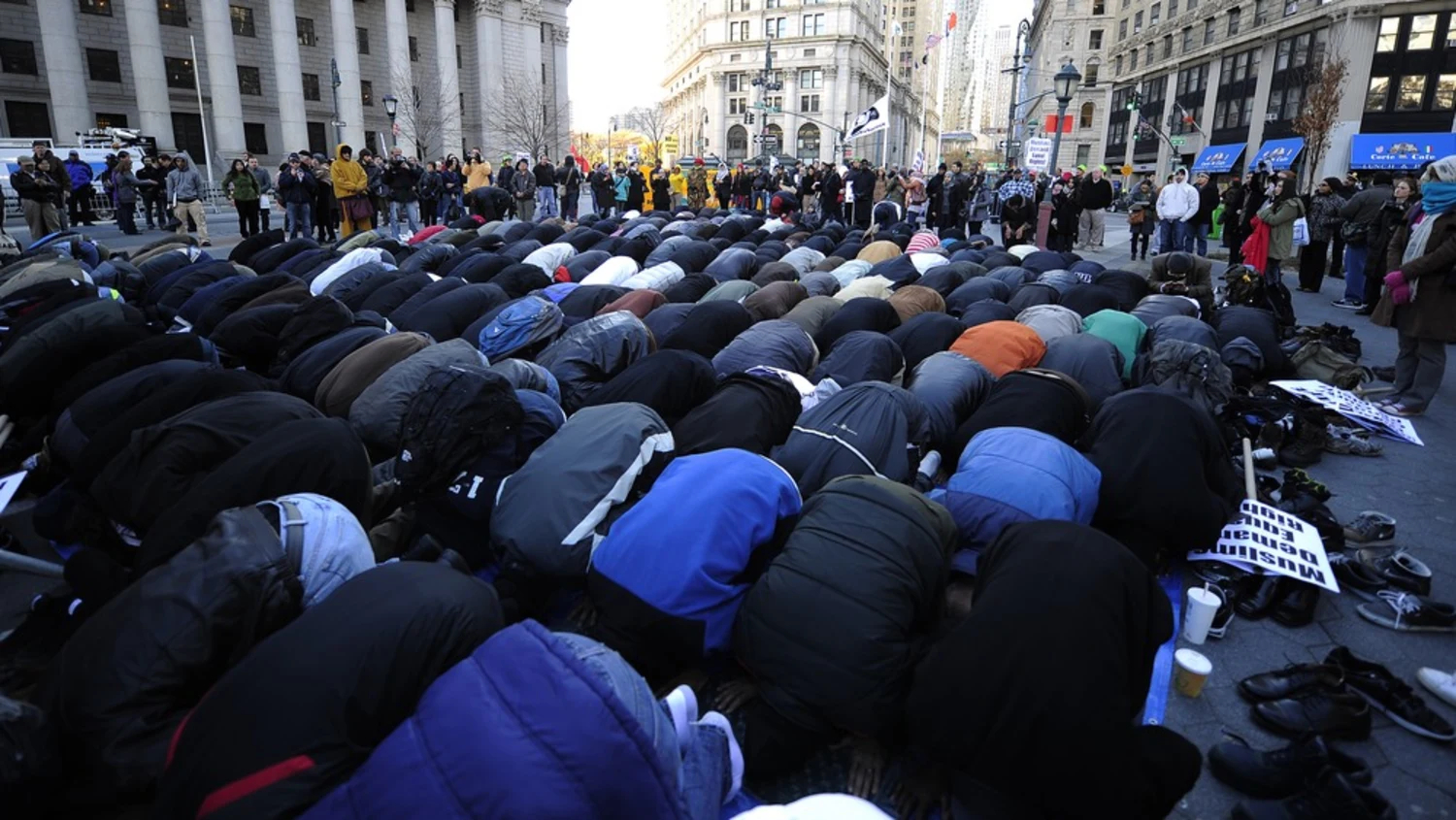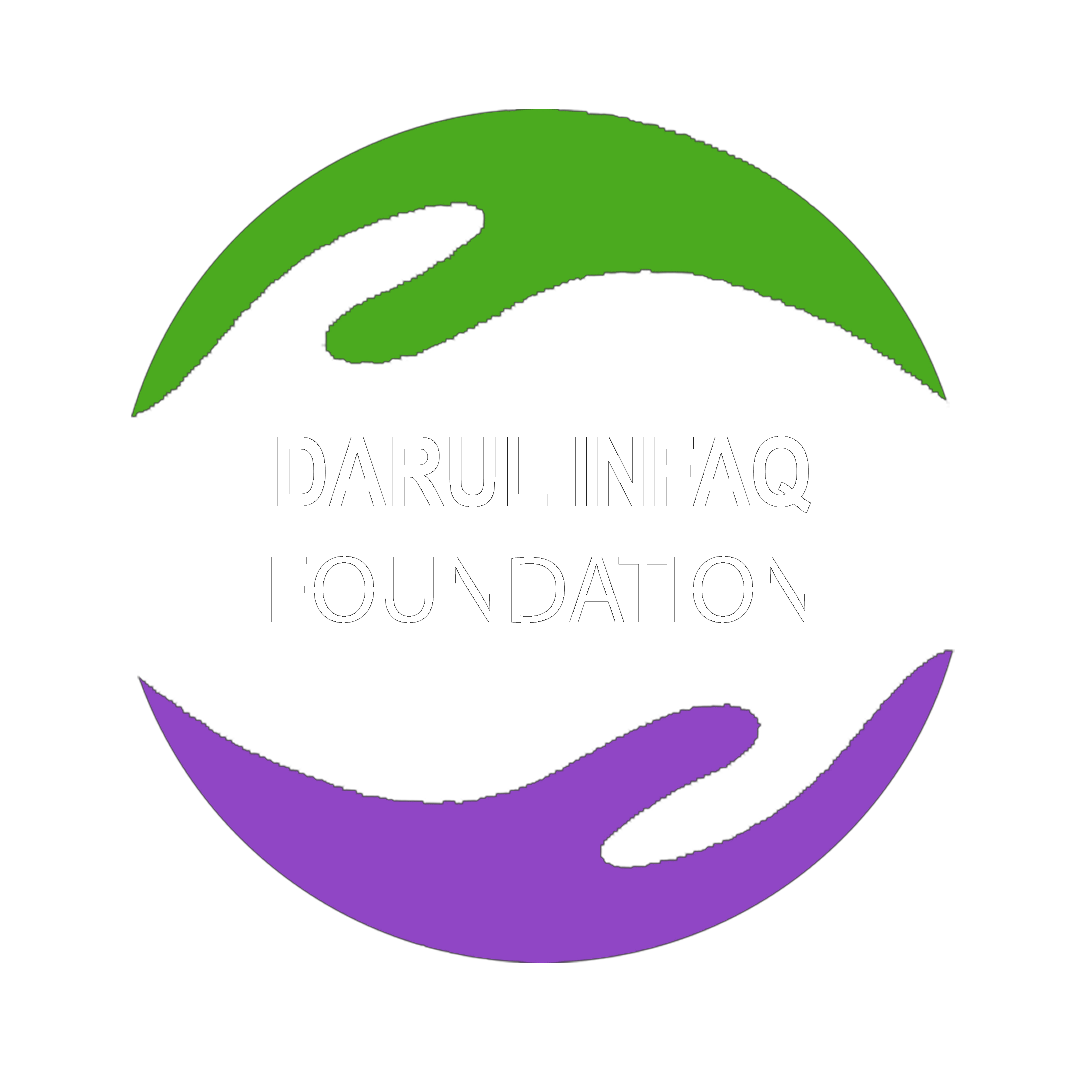New York City is renowned for its cultural diversity and vibrant communities, including a significant and dynamic Muslim population. The Muslims in New York contribute to the city’s rich tapestry through their cultural practices, religious activities, and community engagement. This article delves into the history, diversity, and impact of the Muslim community in New York City, providing a comprehensive overview of their presence and contributions.
Historical Context of Muslims in New York
Early Muslim Presence
The history of Muslims in New York dates back to the early days of the city’s formation, with records indicating the presence of Muslim slaves brought to America during the transatlantic slave trade. These early Muslims faced significant challenges but managed to preserve their faith and practices despite oppressive conditions. Over time, waves of immigration from various parts of the Muslim world began to shape the Muslim community we see today.
Modern Immigration Waves
In the 20th century, New York saw a significant influx of Muslim immigrants from the Middle East, South Asia, and Africa. These immigrants established the first mosques and community centers, laying the foundation for a vibrant Muslim community. The 1960s and 1970s, in particular, saw a surge in Muslim immigration, leading to the establishment of various Islamic institutions that serve the community to this day.

Demographics and Distribution
Population Size and Growth
When asking “how many Muslims in New York?” estimates suggest that there are over 800,000 Muslims residing in New York City, making up about 9% of the city’s population. This diverse group includes people of various ethnicities, nationalities, and socioeconomic backgrounds, contributing to the city’s multicultural identity.
Geographic Distribution
Muslims in New York are spread across all five boroughs, with significant populations in Queens, Brooklyn, and the Bronx. Neighborhoods like Astoria, Jackson Heights, and Bay Ridge are known for their vibrant Muslim communities, complete with mosques, halal restaurants, and Islamic schools. These areas serve as cultural and religious hubs, fostering a sense of community and belonging among residents.
Cultural and Religious Diversity
Ethnic and National Diversity
The Muslim community in New York is incredibly diverse, comprising individuals from South Asia, the Middle East, Africa, and even Europe and Latin America. This diversity is reflected in the various cultural practices, languages, and traditions observed within the community. Events like Eid celebrations and Ramadan iftars showcase the rich cultural heritage of New York’s Muslims.
Religious Practices and Observances
Religious observance is central to the lives of many Muslims in New York. The city is home to hundreds of mosques, where daily prayers, Friday congregational prayers, and special services during Ramadan are held. Islamic centers also offer Quranic education, religious lectures, and youth programs, helping community members deepen their understanding of their faith.
Community Contributions
Economic Impact
Muslims in New York have made substantial contributions to the city’s economic landscape. Many are entrepreneurs, business owners, and professionals in various fields, from healthcare and education to finance and technology. Their businesses not only contribute to the local economy but also provide essential services to the community.
Social and Philanthropic Efforts
Muslim-led organizations in New York are actively involved in social and philanthropic efforts. These organizations run food banks, provide legal assistance, offer health services, and support refugee resettlement programs. Their work is vital in addressing the needs of the community and promoting social justice and equity.
Challenges and Opportunities
Addressing Islamophobia
Despite their positive contributions, Muslims in New York face challenges such as Islamophobia and discrimination. These issues can affect various aspects of life, including employment, education, and social interactions. Community leaders and organizations work tirelessly to combat these challenges through advocacy, education, and outreach efforts, promoting a message of unity and tolerance.
Fostering Community Unity
The challenges faced by the Muslim community also present opportunities for growth and unity. By building strong institutions, engaging youth, and enhancing interfaith partnerships, the community can further strengthen its presence and impact in the city. Leveraging technology and social media can also help amplify the community’s voice and showcase their contributions on a broader scale.
The Role of Key Institutions
Mosques and Community Centers
Mosques and community centers play a crucial role in the spiritual and social lives of Muslims in New York. These institutions offer a range of services, including religious education, counseling, and social events. They provide a safe and welcoming environment for community members to connect, learn, and support one another.

Educational and Cultural Organizations
Educational and cultural organizations are essential for preserving and promoting the heritage of Muslims in New York. Schools, after-school programs, and cultural centers provide opportunities for learning and engagement, helping to instill a sense of identity and pride among young Muslims. These institutions also organize cultural events, exhibitions, and performances that highlight the rich history and contributions of Muslims in New York.
Conclusion
The Muslim community in New York is a vibrant and integral part of the city’s diverse cultural landscape. From their early beginnings to their current contributions, Muslims in New York have played an essential role in shaping the cultural, social, and economic fabric of the city. By embracing their diversity, addressing challenges, and continuing to engage with the broader community, the Muslim community in New York can look forward to a future of growth, unity, and positive impact. As New York evolves, the Muslims in the city will undoubtedly continue to be a source of strength and inspiration, embodying the spirit of resilience and cooperation that defines the city itself.


